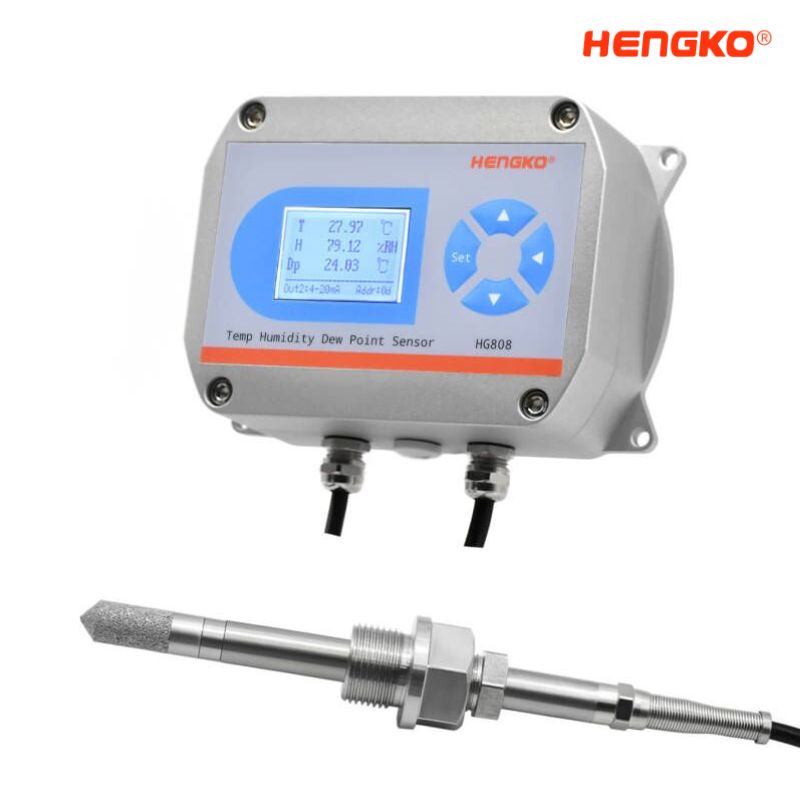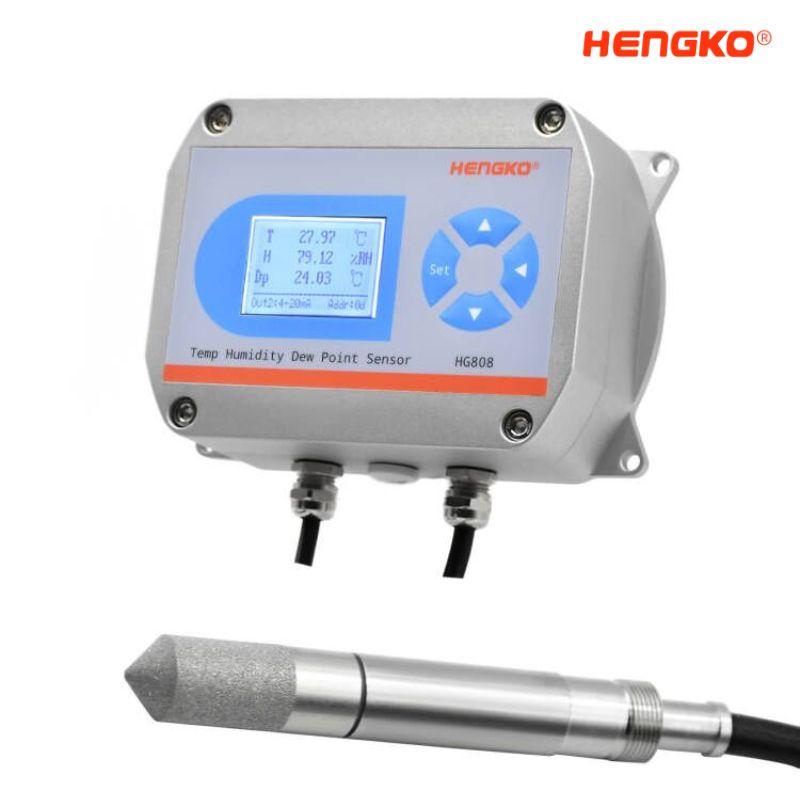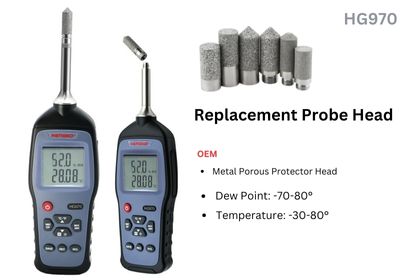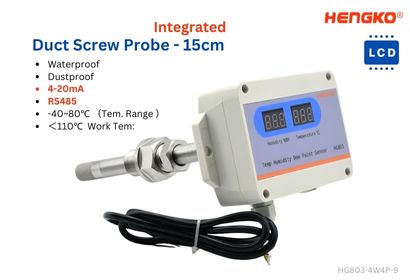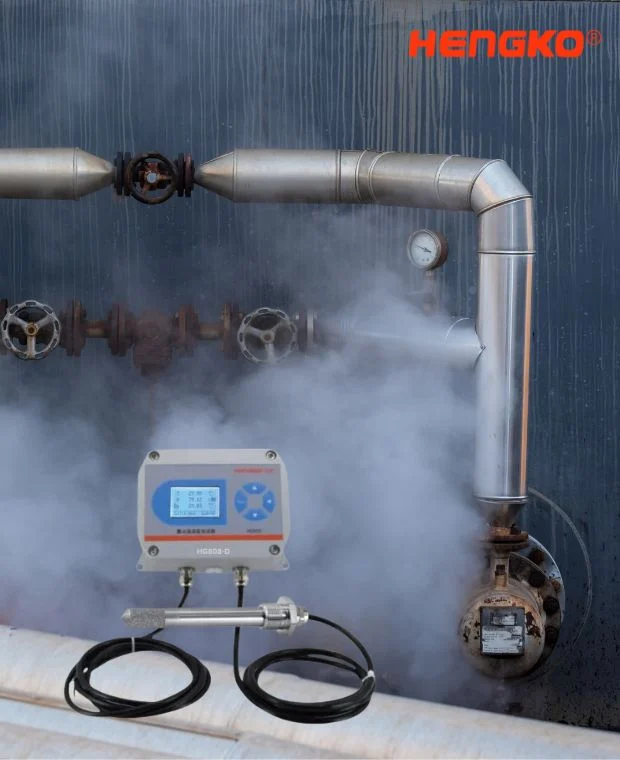High-temperature and high-pressure environments impose unique challenges on humidity measurement. Standard humidity transmitters are not designed to operate accurately under these extreme conditions, leading to unreliable data and potential device failure. In high-temperature environments (like 200℃), moisture interacts differently with the atmosphere, and certain materials may degrade or corrode more quickly, affecting both the sensor and the equipment.
Using a specialized humidity transmitter ensures:
- Точність: These transmitters are engineered to maintain precise readings even under extreme conditions, often employing materials like stainless steel or special ceramics to withstand high temperatures and pressures.
- Довговічність: The materials and construction of these transmitters resist corrosion, oxidation, and physical wear due to intense pressure and heat, ensuring longer lifespans.
- Надійність: High-pressure and high-temperature environments can cause rapid changes in humidity, requiring robust sensors that can react quickly without becoming damaged or providing false data.
In sensitive industries such as power generation, pharmaceuticals, and chemical processing, the combination of extreme heat and pressure makes accurate humidity monitoring critical for maintaining process control and ensuring safety.
